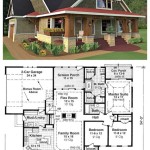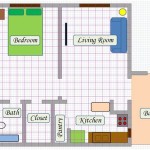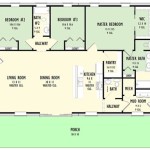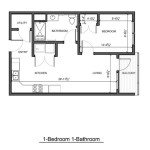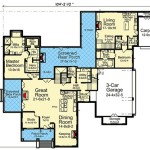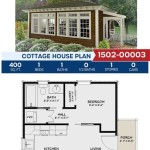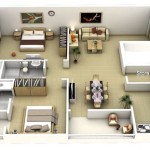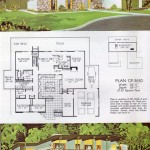House Plans For Skinny Lots: Architectural Solutions for Narrow Properties
The increasing scarcity and cost of land in urban centers and desirable suburban locations have spurred a demand for innovative housing solutions. One such solution is building on skinny lots, also known as narrow lots. These lots, characterized by their limited width relative to their depth, present unique architectural challenges and opportunities. Successful house plans for skinny lots require careful consideration of space optimization, natural light maximization, and adherence to local zoning regulations. This article will explore the key considerations and design principles involved in crafting effective house plans for skinny lots.
Understanding the Challenges of Skinny Lots
Building on a skinny lot is fundamentally different from designing a home on a more traditionally proportioned property. The primary challenge lies in maximizing usable living space within a constrained footprint. This necessitates creative space planning and the efficient use of vertical space. Circulation becomes particularly important; hallways can quickly consume valuable square footage, demanding alternative strategies like open floor plans or strategic placement of staircases. Privacy can also be a concern, especially when neighboring properties are situated close by. Careful window placement and the use of landscaping or architectural screens can mitigate this issue. Furthermore, construction challenges must be anticipated. Access for equipment and materials can be limited, potentially increasing construction costs and timelines. Thorough site assessments and detailed planning are crucial to overcoming these obstacles.
Another significant challenge revolves around ensuring adequate natural light and ventilation. Narrow lots often restrict the amount of sunlight that can penetrate the interior of the house, leading to dark and potentially uncomfortable living spaces. Strategic placement of windows, skylights, and light wells becomes essential to bringing natural light into the core of the home. Ventilation is equally important, preventing stagnant air and maintaining a healthy indoor environment. Operable windows, strategically positioned to promote cross-ventilation, should be incorporated into the design. In some cases, mechanical ventilation systems may be necessary to supplement natural airflow.
Finally, navigating zoning regulations can be complex. Many municipalities have specific setback requirements, which dictate the minimum distance a building must be from property lines. These setbacks can further restrict the buildable area on a skinny lot, demanding even more creative planning. Height restrictions may also apply, limiting the number of stories that can be built. It is imperative to thoroughly research and understand local zoning ordinances before commencing any design work. Consulting with a local architect or land use planner can help ensure compliance and avoid costly delays or redesigns.
Key Design Principles for Skinny Lot Homes
Successful house plans for skinny lots prioritize verticality. Multi-story designs are common, allowing for increased living space without expanding the footprint. Careful consideration must be given to the placement of staircases, as they can consume a significant portion of the floor plan. Open staircases or spiral staircases can help minimize their impact on usable living area. In some cases, elevators may be considered, particularly for aging-in-place designs.
Open floor plans are frequently employed to maximize the feeling of spaciousness. By eliminating interior walls, light can flow more freely throughout the home, and the living space feels larger and more connected. Strategic use of furniture and changes in flooring can delineate different areas within the open space without compromising the sense of openness. Consider the flow of daily life when designing the open floor plan, ensuring that the layout is functional and efficient.
Maximizing natural light is paramount. Large windows, strategically positioned to capture sunlight throughout the day, are essential. Skylights can be used to bring light into areas that are difficult to reach with vertical windows, such as hallways or interior rooms. Light wells, which are vertical shafts that bring light down from the roof, can also be effective. The interior design should complement the natural light, using light colors and reflective surfaces to maximize its impact. Mirrors can be strategically placed to bounce light around the room, creating a brighter and more inviting atmosphere.
Thoughtful storage solutions are also crucial. Limited floor space demands creative storage options. Built-in shelving, under-stair storage, and vertical storage units can help maximize space without cluttering the living areas. Consider incorporating storage into every room, including the kitchen, bathrooms, and bedrooms. Utilizing vertical space for storage can free up valuable floor space for living and entertaining.
When designing a skinny lot home, exterior design is just as important as interior design. The facade of the house should be visually appealing and complement the surrounding neighborhood. Consider using different materials and textures to add visual interest. Landscaping can also play a significant role in enhancing the curb appeal of the house. Vertical gardens or climbing plants can add greenery without taking up valuable ground space. A well-designed exterior can transform a narrow lot house into a stylish and welcoming home.
Specific Architectural Styles and Features
Several architectural styles lend themselves well to skinny lot designs. Modern and contemporary styles, with their clean lines and minimalist aesthetic, are often a good fit. These styles tend to emphasize verticality and natural light, aligning with the key design principles for narrow lot homes. Flat roofs are common in modern designs, allowing for the potential addition of a rooftop deck or garden. Large windows and sliding glass doors are also characteristic of modern architecture, maximizing natural light and creating a seamless connection between indoor and outdoor spaces.
Craftsman-style homes, with their emphasis on detail and craftsmanship, can also be adapted to skinny lots. These homes often feature gabled roofs, exposed rafters, and front porches. The verticality of the gabled roof can be used to create additional living space on the upper floors. Front porches can provide a welcoming outdoor space without requiring a large yard. The use of natural materials, such as wood and stone, can add warmth and character to the exterior of the house.
Traditional architectural styles, such as Victorian or Colonial, can also be adapted to skinny lots, although they may require more creative solutions. These styles often feature more ornate detailing and complex rooflines, which can be challenging to incorporate into a narrow footprint. However, by simplifying the design and focusing on key architectural elements, it is possible to create a charming and historically inspired home on a skinny lot. Consider incorporating features such as bay windows, dormers, or decorative trim to add character to the exterior.
Considerations for outdoor spaces are crucial. Even with limited yard space, it is important to create functional and attractive outdoor areas. Decks, patios, and balconies can provide valuable outdoor living space. Green roofs can be used to create a garden on top of the house, providing a tranquil retreat in the urban environment. Vertical gardens can be incorporated into the design to add greenery without taking up ground space. Careful planning of the landscaping can create a sense of privacy and enclosure, making the outdoor space feel like an extension of the home.
In conclusion, designing a successful house plan for a skinny lot requires careful planning, creative solutions, and a thorough understanding of local zoning regulations. By prioritizing verticality, maximizing natural light, and incorporating clever storage solutions, it is possible to create a comfortable and stylish home on even the narrowest of properties. The challenges of building on a skinny lot can be overcome with thoughtful design and attention to detail, resulting in a unique and valuable addition to the urban landscape.
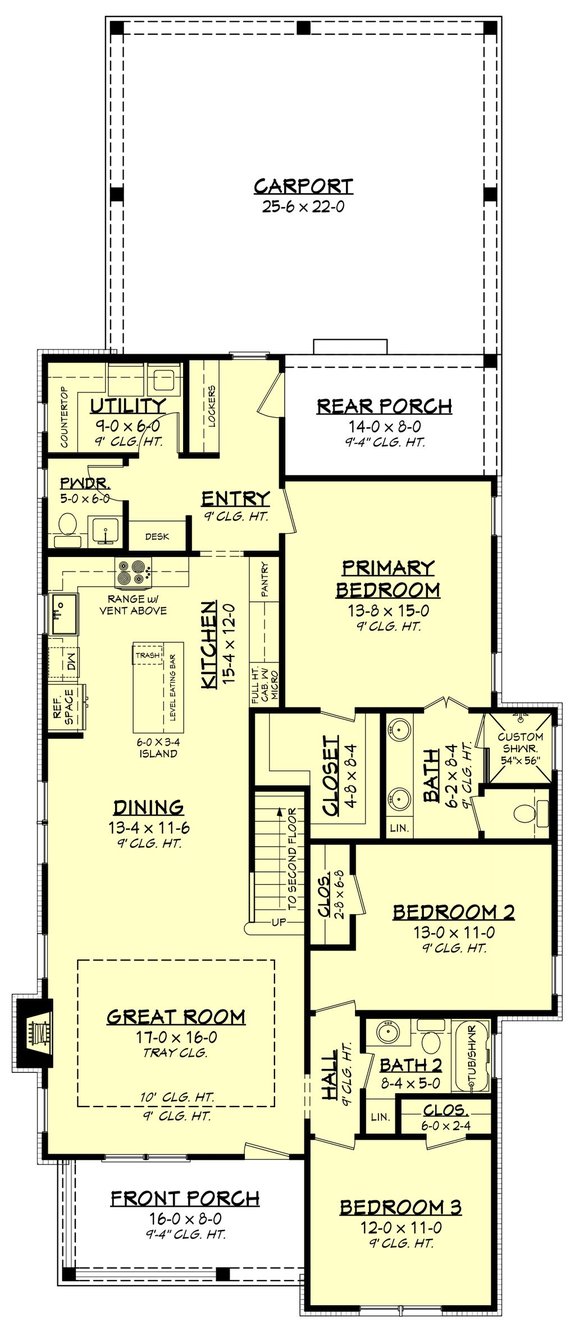
Simple Narrow Lot House Plans Houseplans Blog Com

Narrow Lot Home Plans By Design Basics

Hugedomains Com

Plan 56937 Narrow Lot Craftsman House With 1300 Sq Ft 3 B
House Plan Of The Week Narrow And Luxurious Builder

Hawk Hill Narrow Lot Home

Narrow Lot House Plans Home Designs Meridian Homes

Narrow Lot Home Plans By Design Basics

Narrow Lot Plans For A Ina Style Coastal House

Narrow Lot House Plans Modern Luxury Home Floor

